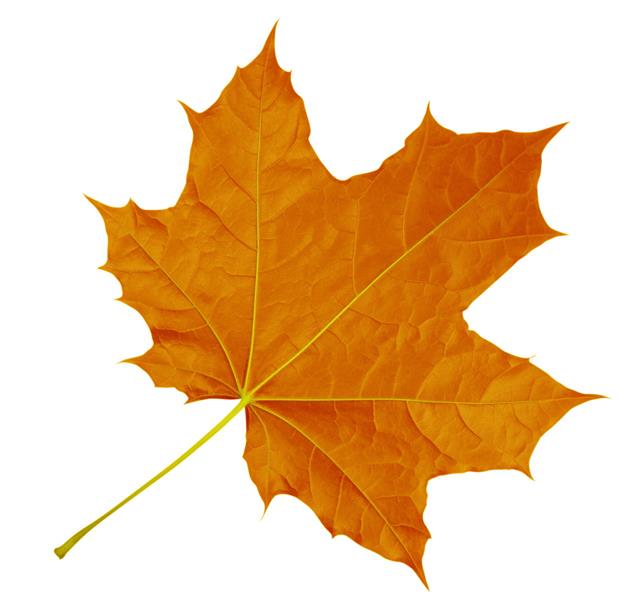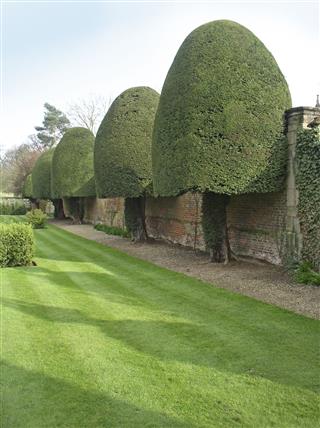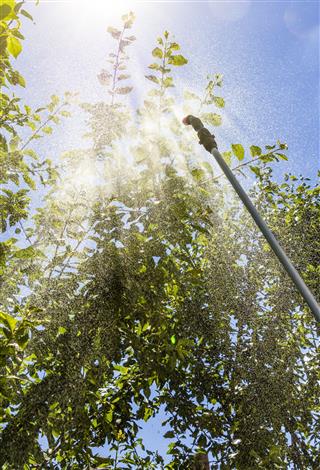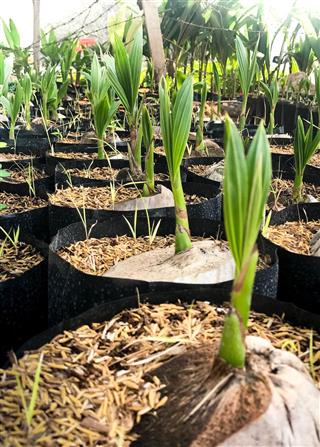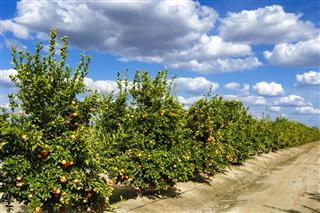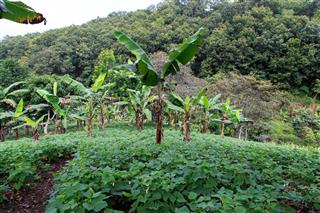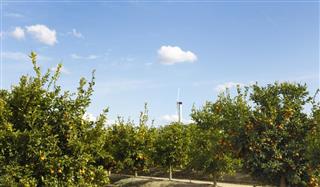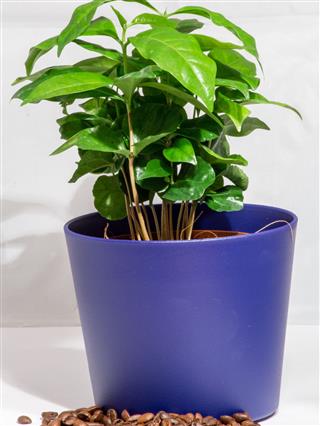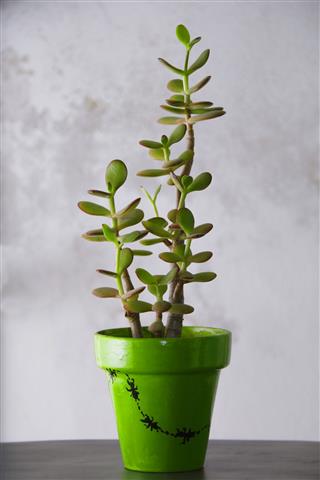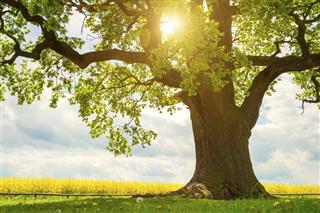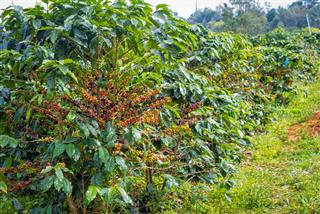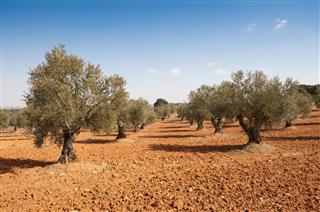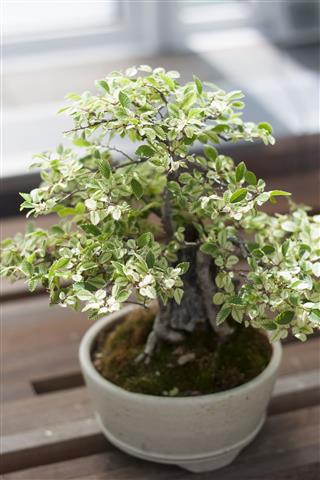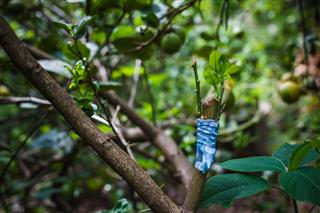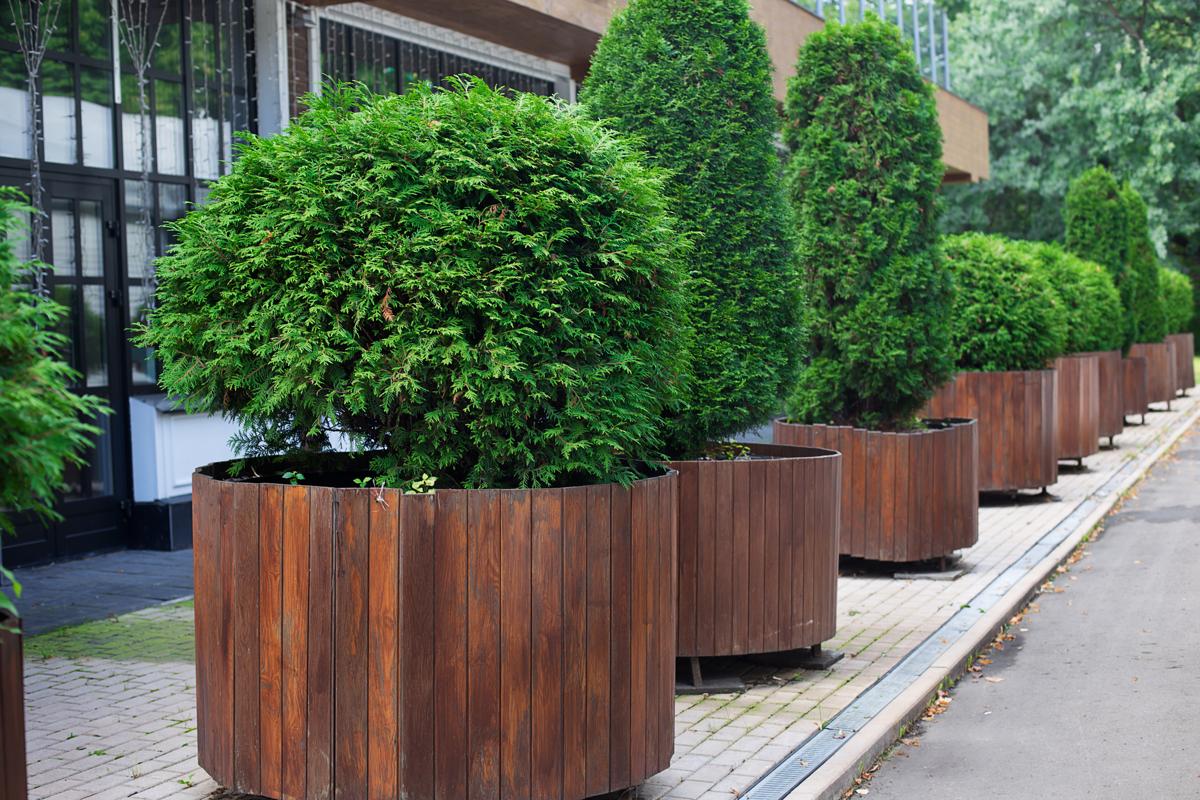
Identifying a particular type of tree for a layman can often be a tedious job. Here is a short guide which will help make things easier for you to some extent.
There are different ways to identify a tree — by bark, fruit, and leaves. Identification by bark and fruit can be a little tricky, since it’s difficult to pinpoint a tree by its bark, and presence of fruits is not always certain. Thus, for a layman, identifying a tree by studying its leaves proves to be easier.
Trees can be broadly classified as deciduous trees and coniferous trees. The easiest way to identify whether a tree is deciduous or coniferous is on the basis of its leaves. Leaves of a deciduous tree are broad, whereas that of a coniferous tree are extremely narrow and, at times, overlapping. After you have confirmed which tree you are looking at, the following steps will help you identify its common name.
Deciduous Trees
Before we begin the actual identification of deciduous trees, there are some key points to be kept in mind, as these form the basis of your identification guide. When you are observing a tree, first notice its branching style — whether it is opposite or alternate (as shown in the figure). The next step is to determine whether the leaves are simple or compound (see figure). This is followed by the different types of edges of the leaves.
Once you are ready with these three points, you can proceed to narrow down the type of deciduous tree you are looking at.
✦ Branching – Opposite or Alternate

✦ Leaves – Simple or Compound

Simple Leaf

Compound Leaf
• Simple Leaves — The leaves which have a single leaf blade and are not divided into leaflets are called simple leaves.
• Compound Leaves — The leaves which have two or more leaflets having a common stalk or branch are called compound leaves.
✦ Leaf Edges – Smooth, Lobed, or Toothed

Smooth

Lobed

Doubly-toothed

Singly-toothed
✦ If branches are opposite and leaves are compound

Boxelder (3-5 leaflets)

Ashes (7-14 leaflets)
✦ If branches are opposite and leaves are simple
Maples
✦ If branches are alternate and leaves are compound

Walnut
when leaves are singly compound

Honey Locust
when doubly & singly compound
✦ If branches are alternate and leaves are simple

Oaks
» If the leaves are lobed

Elms
» If the leaves are unlobed and doubly-toothed with an uneven leaf base.

Birches
» If the leaves are unlobed and doubly-toothed with an even leaf base.
» If the leaves are unlobed and smooth or singly-toothed
… with an uneven leaf base

Basswood

Hackberry
… with an even leaf base

Cherry

Poplar

Willows

Aspens
Coniferous Trees
Compared to deciduous trees, identification of coniferous trees is simpler. Again, begin with the type of leaf you are looking at — needle-shaped or cone-shaped, and then proceed to the next step.
✦ Leaves – Scales or needles

Scale-shaped

Needle-shaped
✦ If the leaves are scale-shaped

Cedar
✦ If the leaves are needle-shaped

Pine
… with a bunch of 2 to 5 needles

Larch
… with a bundle of > 12 needles

Fir (single leaves)
… with flat needles

Spruce (single leaves)
… with 4-sided needles
Needless to say, tree identification, especially in a forest area, requires a lot of patience and an eye for detail. This, of course, does not make it any less of an interesting experience for nature lovers!
